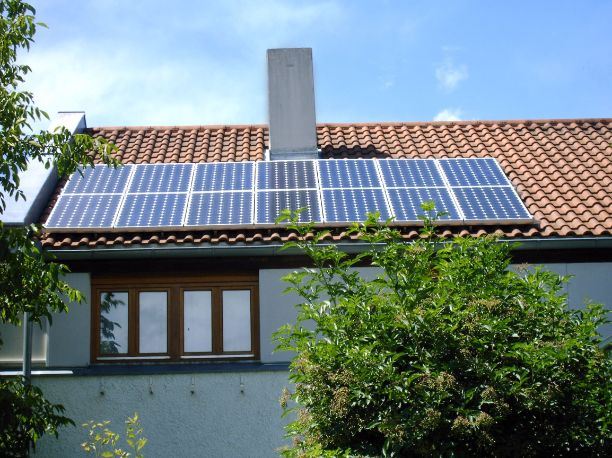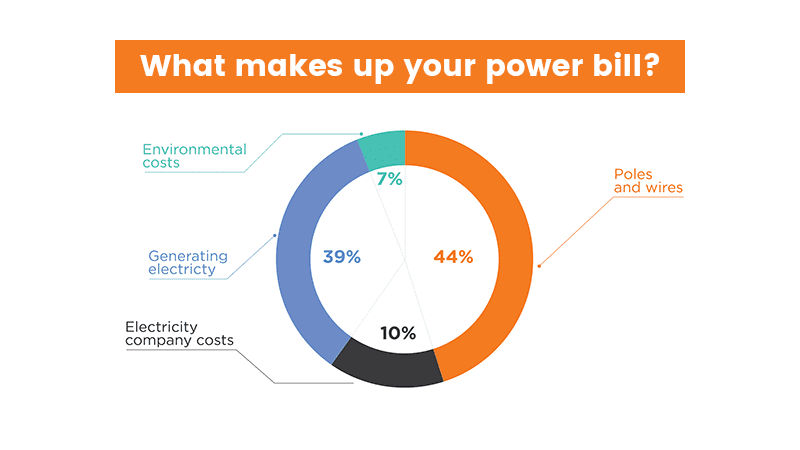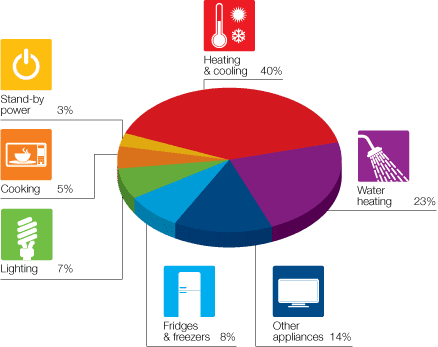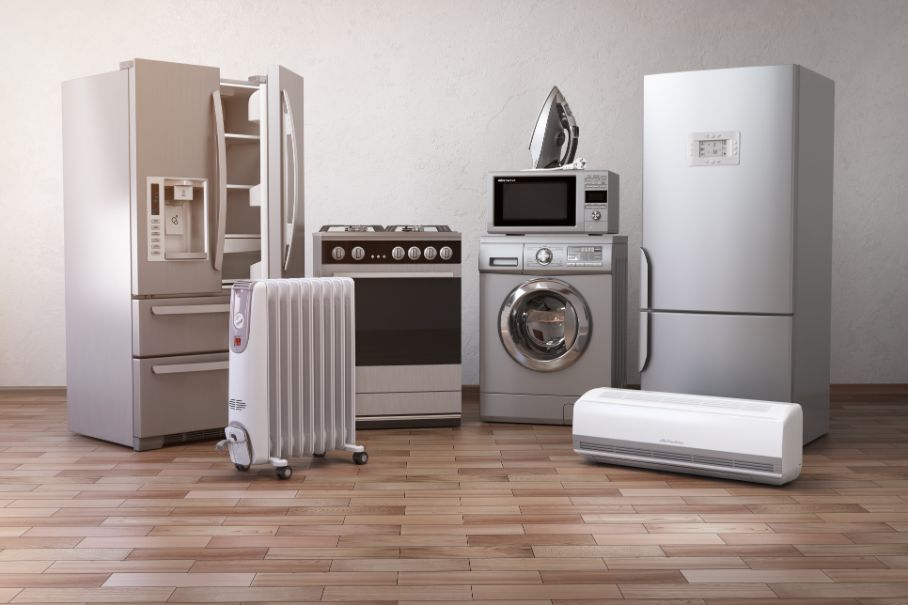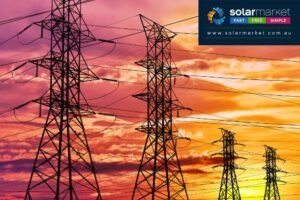When installing solar at your home it’s common to start monitoring your energy consumption and habits more closely than you may of prior. This is because most inverter models today have a built-in functionality to monitor and display the solar energy your system is producing. This makes tracking your own consumption and whether you are exceeding your systems production easier.
Solar System Production of Energy
It’s worth noting (while it may be obvious to some) “Solar systems only generate energy when the sun is out”. This means that at night (unless you have a battery system) you will be using energy from the grid. It also means that on over-cast days when sunrays aren’t as strong, your solar system may not generate as much energy as you are using.
These factors make being strategic about your energy consumption and knowing when to run your highest energy consuming appliances very important, if you want to maximise the potential savings of your energy bills.
So first let’s work out how much your appliances contribute to your bills and then narrow down the biggest energy consuming culprits!
What Makes Up Your Energy Bill
According to research done by the Clean Energy Council the typical Australian household’s electricity bills are made up of the following:
- Poles and Wires 44% – Cost of the poles and wires that carry the electricity from power plants to our homes
- Electricity Companies Admin & Marketing 10% – Cost of maintaining customer databases and billing processes at electricity retail companies, as well as marketing costs
- Generating Electricity 39% – Cost of generating energy and running our households and its appliances
- Environmental 7% – Cost to produce and manage renewable energy schemes and meet the Renewable Energy Target
While only 22% of our electricity bills reflect our actual energy consumption, managing your highest energy consuming appliances effectively can significantly change the outcome of your bill.
Breakdown Of Household Energy Usage
According to a report commissioned by the Australian Government the average household’s energy usage breakdown typically looks something like this:
- Heating and cooling 40%
- Water Heating 23%
- Refrigerators and freezers 8%
- Lighting 7%
- Cooking 5%
- Standby power 3%
- Other 14% (laundry, entertaining, small appliances etc.)
Image Source: SA.GOV.AU
Highest Energy Consuming Appliances
Air-conditioner
When extreme weather hits Australia so does the spike in our electricity bills. Air-conditioning units used for cooling or heating are usually the biggest contributors to our electricity bills and can chew through the energy your solar system would have produced.
On average if you were to run your air-conditioner at 24 degrees for 8 hours in one day that’s approximately $4 on your electricity bill, which adds up in the summer months!
While giving up the air-con is unrealistic in Australia, there are ways to reduce the amount you have the air-con running without living in an uncomfortable environment.
Read tips on how to keep consumption down here!
Water Heater
If you don’t have a solar hot water system installed, the water heater is going to be the next biggest offender to your pricey electricity bills. Not only is the energy used to heat water for your showers, baths and running the taps but also the dishwasher and washing machine.
Read tips on how to keep consumption down here!
Refrigerator and Freezer
Next up is your refrigerator and freezer, while energy consumption can vary based on the size of your refrigerator and freezer, unlike some other appliances these two are running constantly every day.
Apart from investing in an energy efficient refrigerator and freezer another way to ensure these two appliances don’t consume more energy than they should is making sure the seals on the doors are intact and keeping out any external heat.
Dryer
In Australia not all households will have a dryer and unless you’re living in an apartment you can probably go without, especially considering they can add up to $500 or more to your annual electricity bills in some cases.
If you do have a dryer minimising the use as much as possible and drying clothes on a washing line is the only way to reduce the impact this appliance has on your bill.
Other notable mentions include:
- Oven
- Lighting
- Television
- Microwave
- Washing Machine
Learn more ways on reducing your electricity bills by reading our “Tips To Maximise Your Solar Savings” Page.
